The Ascent
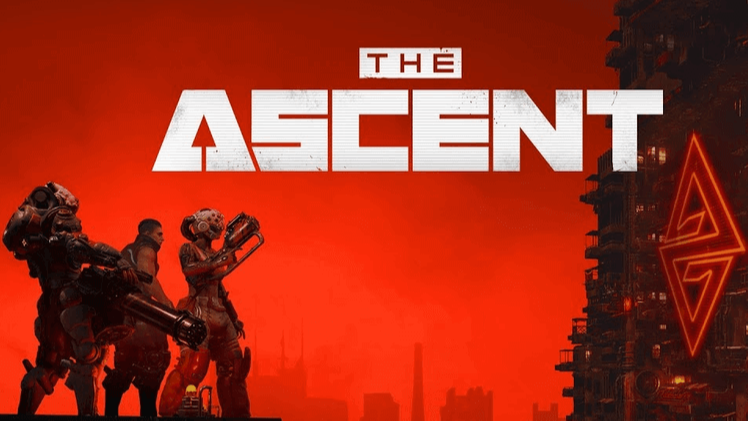
The Ascent - Is indie cyberpunk better than its AAA sibling?
After the spectacular failure of Cyberpunk 2077, the cyberpunk genre has turned into a noun for unfulfilled hopes. After a few patches and hotfixes Cyberpunk 2077 was quite playable. But the residue remained, and the sarcastic nickname "CyberBUG 2077" stuck to the game for good.
Life is ironic, so the setting of technological future now associated with gamers with technical deficiencies in the games. But what's more ironic is the commercial success of The Ascent. The game managed to swirl despite the same problem as the notorious Cyberpunk 2077, despite the abundance of bugs in the release version. So why is one game praised while the other is cherished? Where is the justice...?
The Ascent was developed by just a dozen developers from Neon Giant, and The Ascent itself is the studio's debut game. But Neon Giant is not a novice in its business. The company was founded by the members of famous studios with shooter experience. In the portfolio of some developers from Neon Giant we can even mention DOOM. So, we don't have to worry about the weaponry and combat system of The Ascent.
Does Hotline Miami have a worthy successor?
At the first cursory glance at The Ascent, the shooters of the early noughties immediately come to mind. The so-called "top-down shooter" was very popular in the early 2000s, and the flagship game of the genre, Alien Shooter, gave birth to many variations on the theme. For a long time this genre has remained in the shadows, had considerable success only on smartphones...until the release of Hotline Miami and did not raise the hype around the fading style. Isometric camera view was inferior to first-person view in terms of variability, but it untied the hands of game designers: in "top-down shooter" enemies could literally climb out of every crevice, which accelerated the gameplay many times and did not break the balance. In first- and third-person shooters it is necessary to consider the angle of the player. The Ascent has adopted Hotline Miami's dynamics and certain style touches, but it has not adopted the complexity and "one shot, one body" concept. Despite some superficial similarities and ultra-violence on the screen, Hotline Miami has little in common with The Ascent, so the question of an ideological successor is not an issue.
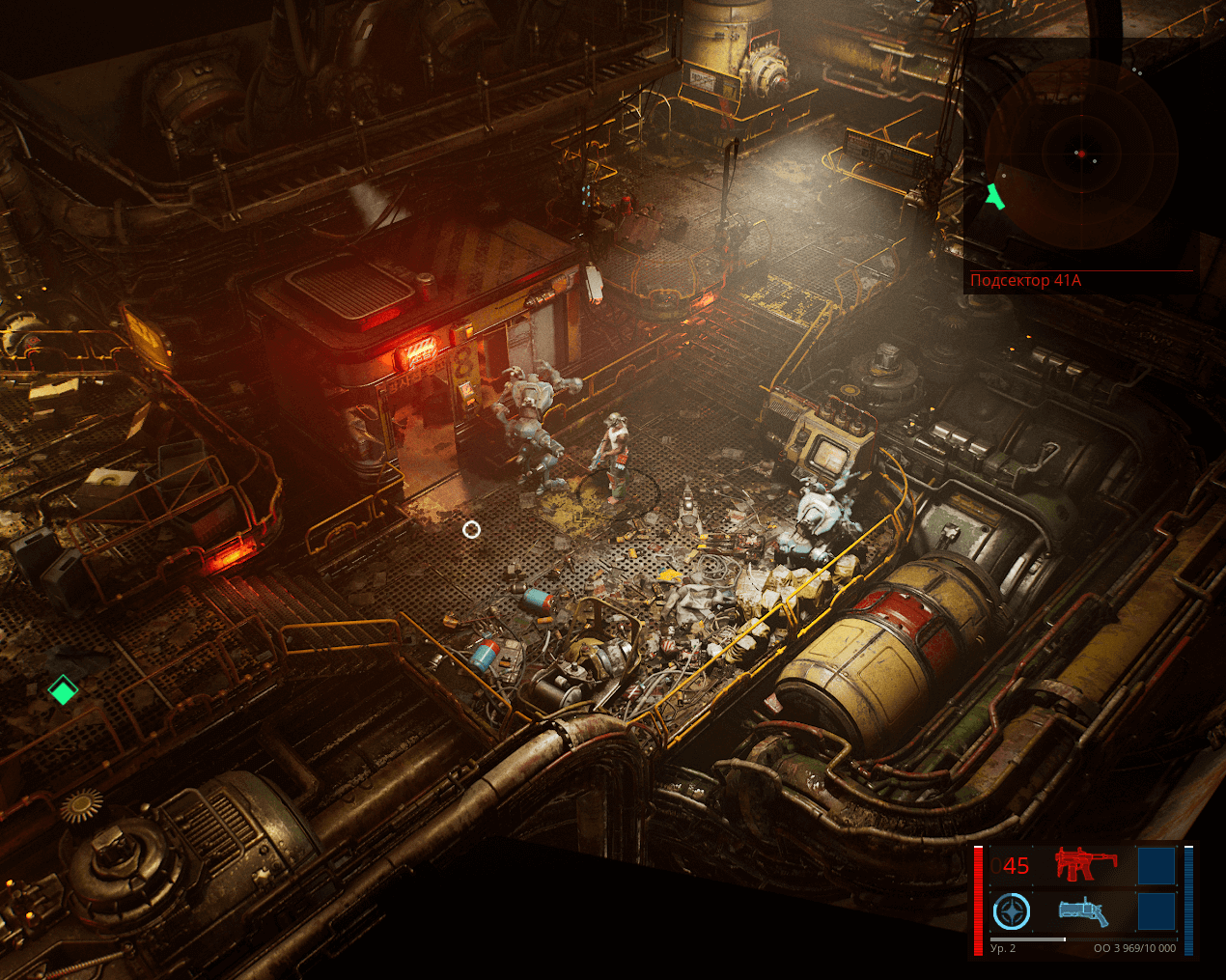
The Ascent can be seen as a direct continuation of the ideas of Alien Shooter. Here you have hordes of enemies, a silent, faceless protagonist, and meat. However, too much time has passed since the popularity of Alien Shooter...
Unpalatable candy in a pretty wrapper
The Ascent belongs to the "top-down shooter", taking advantage of all the advantages of this trend. Our nameless character scurries around a half-open map full of neutral crowd, which for some reason is allowed to mow down even worse than in Hatred...

In this game, too many resources have gone into simulating life in the city. Townspeople move naturally, and everyone is busy doing something. There is always someone riding in the elevators, busy streets will always be crowded, and the shopping area is full of vendors and shoppers. Since the protagonist also moves in the subway, the cars have their own flavor.
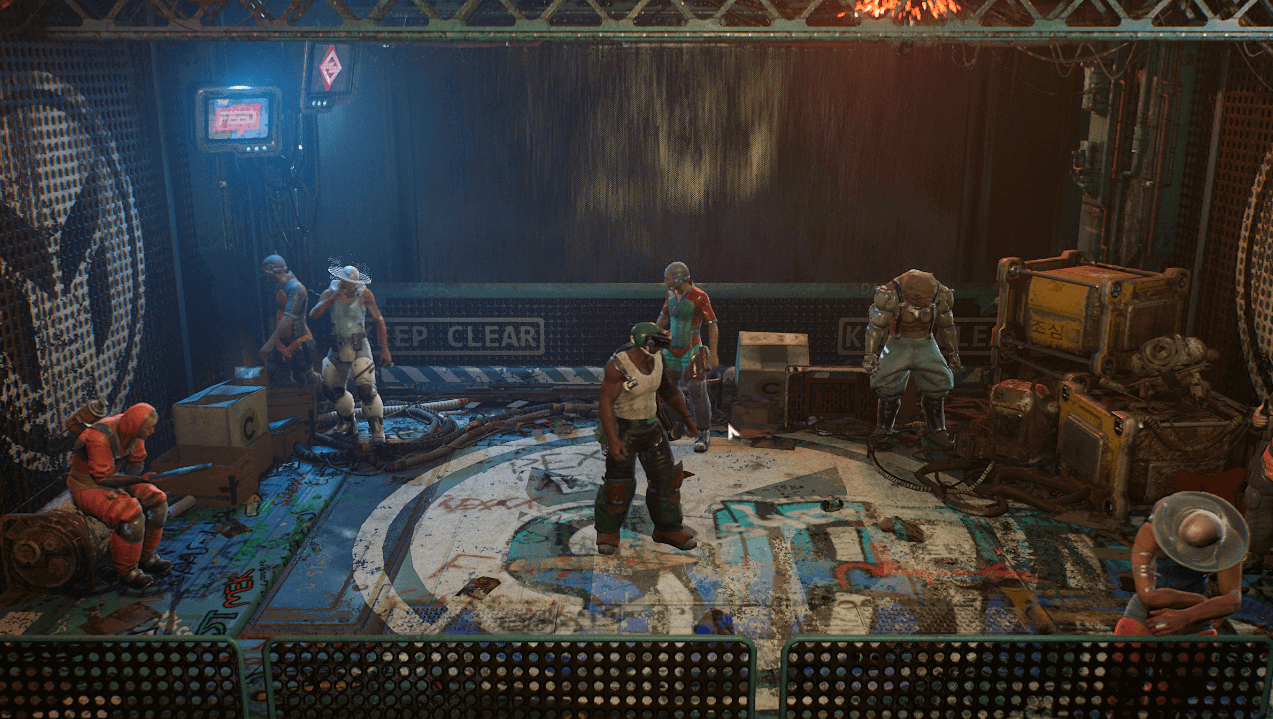
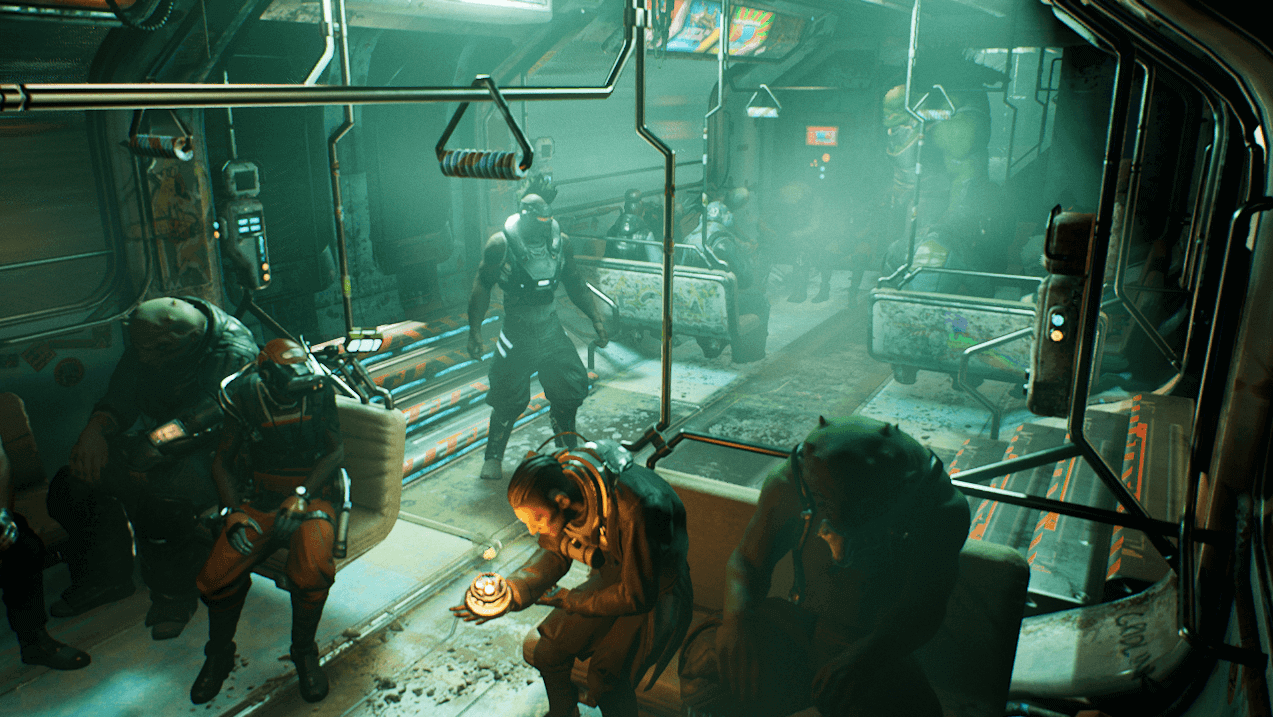
The story quests do not tell a fascinating story, but lead the player from point "1" to point "2", where point "1" is the starting location, and point "2" is the battle with the final boss.
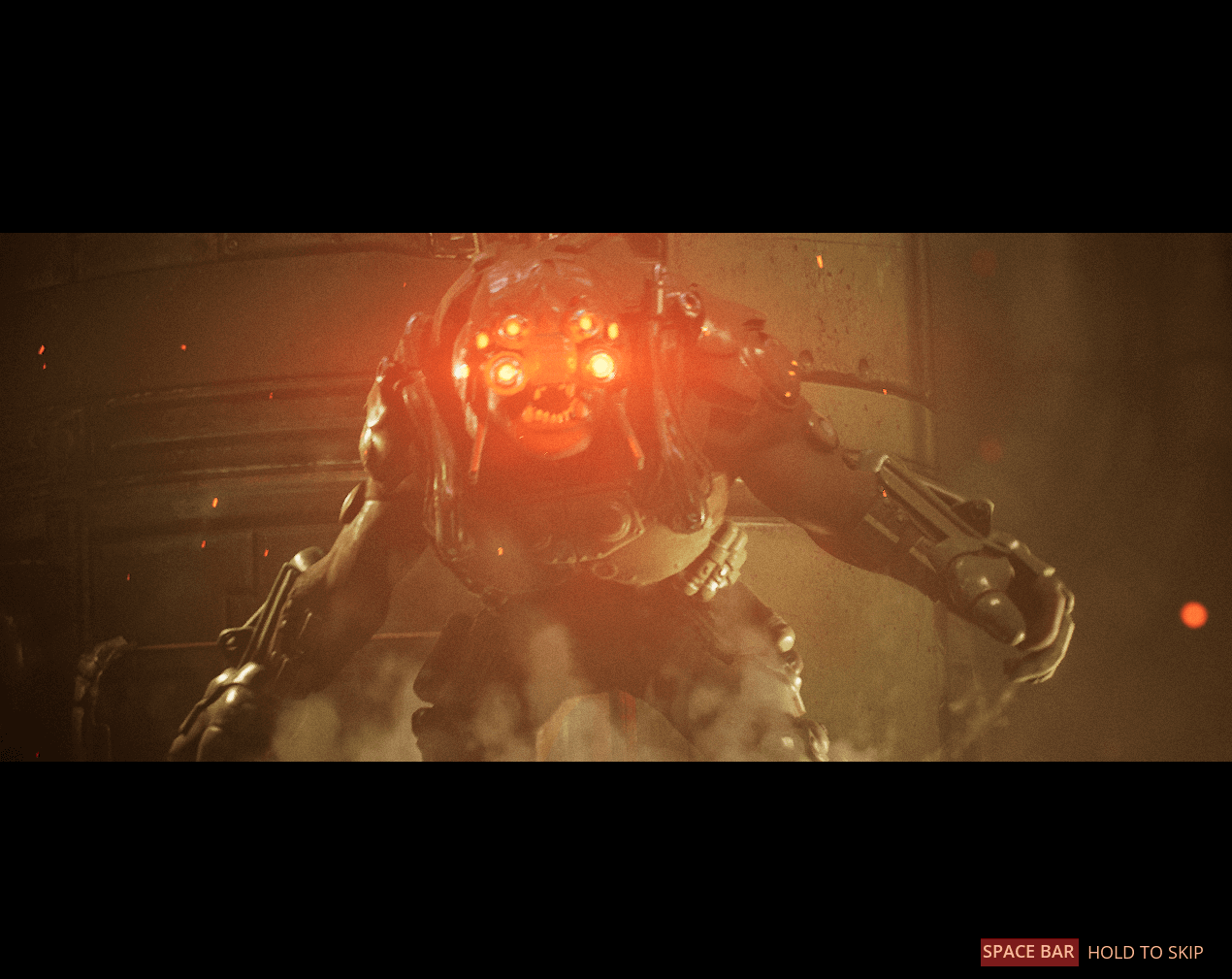
Running the game at a gallop, focusing only on the main tasks, you can not. The side quests are forced. The quality of side quests is about the same as the quality of side quests in S.T.A.L.K.E.R. Shadow of Chernobyl: "go kill", "fetch, serve", "kill 20 boars. Fortunately, the tasks are not in order. They can be taken in any order and can be completed during the main tasks. However, not all of the side quests that you take at the beginning of the game, you'll be able to pass in the near future. This is where the ruthless experience grind comes into play.
The external reward (loot and experience) for the side quests motivates you to pass them on. But the developers did not care about the inner reward (emotional satisfaction after achieving the goal). But the developers took care about the system of shooting, so that these same tasks play with bright colors and captivate the player for a while. The protagonist shoots not only while standing or running, but also skillfully uses the elements of the environment and the shelter system. We will have to use the environment, because it is a lost cause to exchange fire with turrets. At the same time, The Ascent does not descend into sitting behind the wall, waiting for the right moment, the game does not allow you to play passively. The law of motion = life applies. Shooting is done from three so-called positions: standing, taking cover and crouching. The protagonist shoots moderately accurately with the weapon in front of him, from cover he shoots with running fire rather for suppression, and crouching shooting seems not to differ at all from standing shooting, the difference is so small.
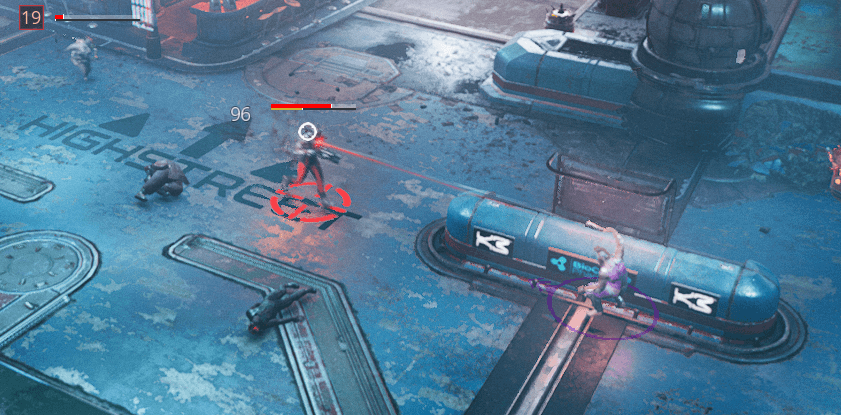
All weapons have a tangible impact: recoil, bullet ballistics, and dispersion are all in place. It's easy to give the shooting in The Ascent an "A" and move on to the next module...
My eyes! My eyes! These graphics are...beautiful.
The Ascent is probably the most beautiful indie game ever made. Such a careful and meticulous approach to visuals hasn't been seen in a long time. Neon Metropolis is full of details which create a stunning picture: every sign, of which there are a lot, is dynamic and detailed, right down to the pixels on the screen of virtual billboards. Every infrastructure building is rendered with love for detail and proportion, and every location visited by the player literally breathes entourage, whether it's a musty slum or a sterile island of victorious capitalism.
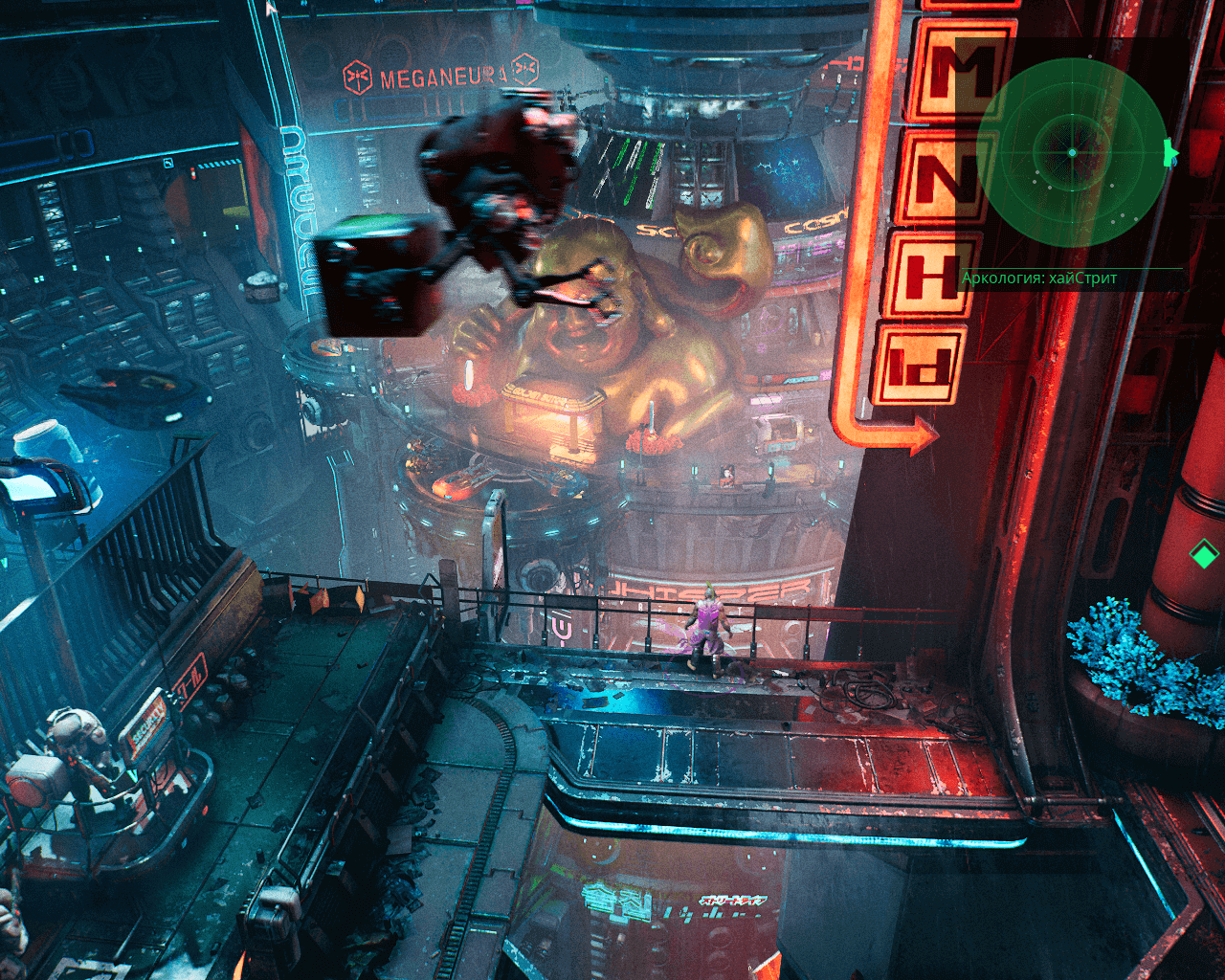
Not only are the game locations that the player has to visit detailed, but the backdrops are not static. Life in the backdrops is booming.
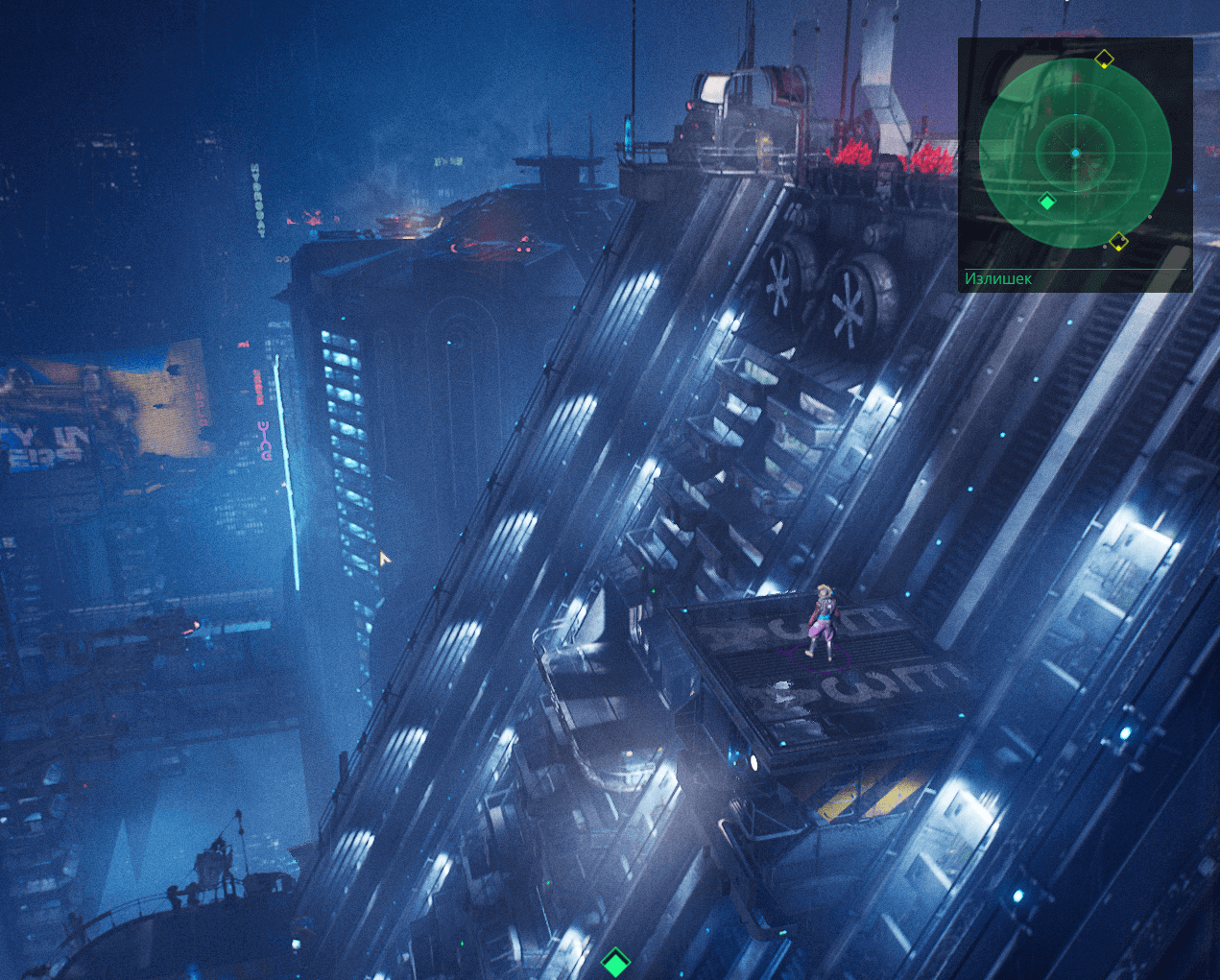
The incredibly beautiful, colorful visuals of The Ascent are one of the main reasons for the game's interest. The animations, the despondent ghetto and futuristic utopia styles, and the great love of detail. I bet you won't find a prettier indie game than The Ascent.
Neon Giant knew even before release that they would make a great game, so they have resorted to a trick: to wander through the semi-open world of The Ascent will be quite a lot. The distance between the quest character and the goal of the quest itself is sometimes obscenely huge. Plus the developers have hidden unique items for pumping in the corners, motivating the player to explore the world.
A beautiful Diablo clone?
In terms of in-game progression The Ascent resembles Diablo: the protagonist just the same need to dress and arm, but instead of amulets, rings and talismans - augmentations and cyberimplants. So, for a certain amount of credits on the operating table protagonist gets two passive skills to choose from - such is the game conventions in the form of increased health, critical damage, etc. The protagonist also uses active skills. This can be a force field, and teleport at short distances, a turret, and even the suit Juggernaut - a walking tank with heavy weapons on its back.
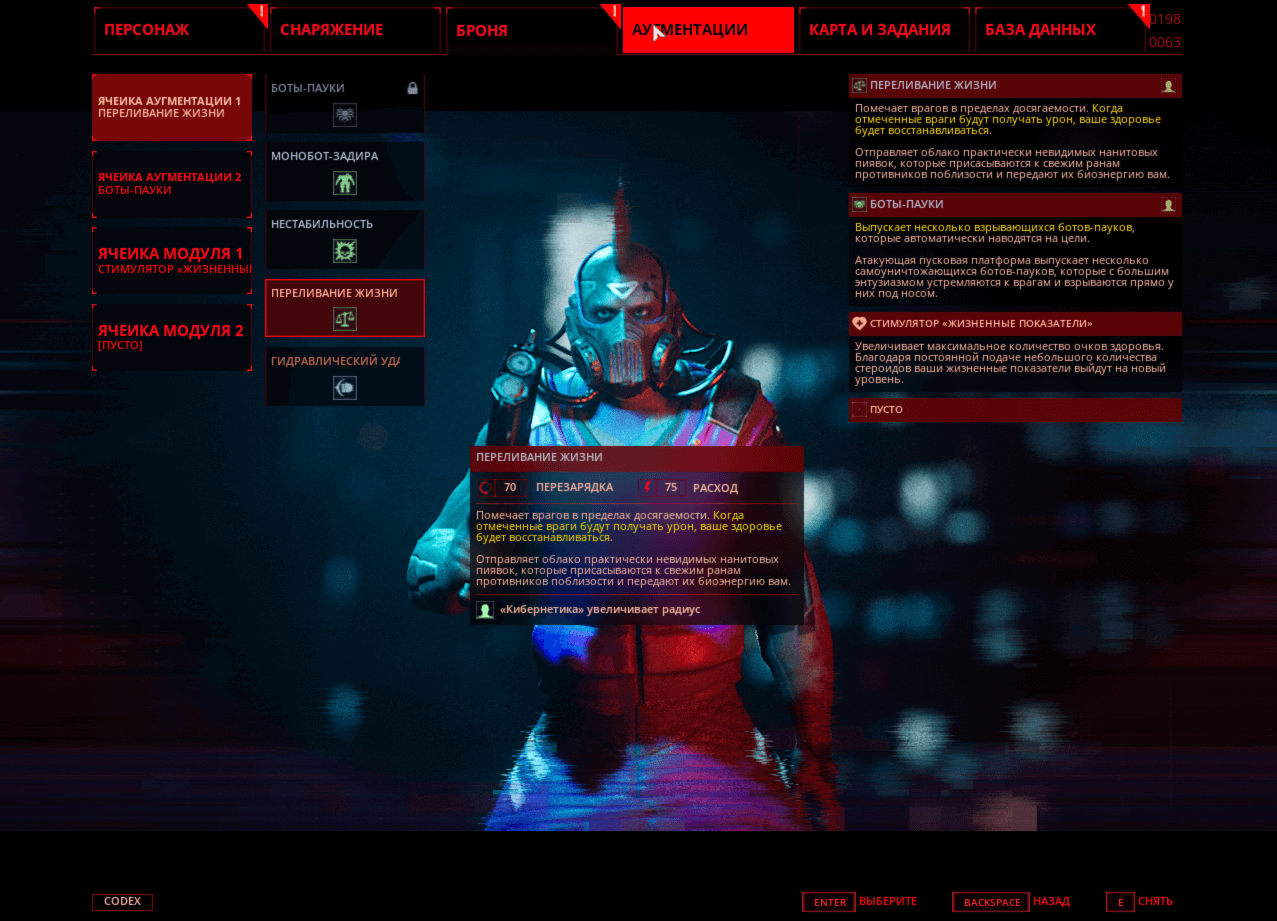
In general, The Ascent's progression is not stellar, there is no depth. The game only resembles Diablo, but is its spiritual successor. There is no such thing as builds in The Ascent. Any build will get you through the game. There is no thinking about how to better use weapons with unusual properties, how to deal with the penalties of these same things. There is no risk to pump up your character the wrong way and get permanently stuck at a certain stage of the story.
Is The Ascent worth buying?
Despite the stunning graphics, The Ascent is not capable of captivating for long hours. The longer you play, the less you want to play this game. City gunfights soon get boring, and there is nothing here but them. The main problems of The Ascent: homogeneous quests, meaningless currency grind, artificially stretched timeline and lack of depth. The Ascent is an expensive flashy attraction, but not an exciting journey in a fancy setting.
